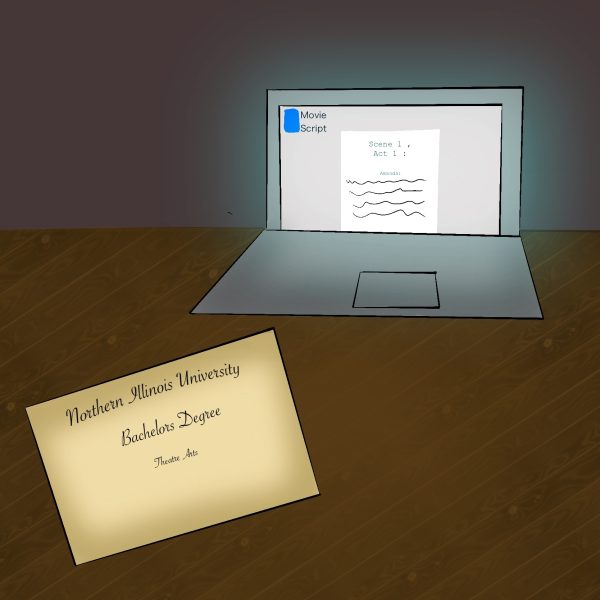The risks you take being active
September 15, 1993
Sexual activities and their different risk levels for the transmission of sexually transmitted disease fall along a continuum. At the safest end of this continuum is complete abstinence from any form of sexual activity. Sexual activities that do not include intercourse lie in the middle of the continuum, and intercourse falls on the other end because it carries the greatest risk of transmission of STD. While the incidence of sexually transmitted disease is actually low at NIU, any number of students who get a preventable health problem is too many.
Abstinence is certainly the surest form of protection against STD. A substantial number of NIU students (23%) report that they have not had intercourse in the last year, and even more (38%) have not had intercourse in the last 30 days. Abstinence does not have to be a lifetime commitment. In fact, everyone is sexually abstinent at times in their lives for various of reasons.
Another form of safer sex is engaging in sexual practices that do not involve the exchange of bodily fluids such as vaginal secretions, semen or blood. Over half (54%) of NIU students report having sexual contact that did not include intercourse 2 or more times in the last 30 days.
If the choice is made to have intercourse, using protection in the form of a latex barrier is crucial for preventing the spread of STD. Here at NIU, most students report having had intercourse at some time, and among sexually active students 69% report using a condom as their primary means of preventing STD. Further, 40% report using a condom the last time they had intercourse. The proper use of a condom is the surest way to prevent STD if engaging in intercourse.
For many people, safer sex means having unprotected sex with a single monogamous partner who is disease free. While this is theoretically valid, in practice it may be quite risky. It is virtually impossible to know that your partner is truly monogamous and disease free. Having a mutually trusting relationship may be emotionally fulfilling for many people, but it is not a reliable safer sex practice.
Therefore, the best method of STD protection, if choosing to have intercourse, is the use of a condom. Sexual activities that do not include intercourse can provide a fun and satisfying alternative and virtually eliminate any risk of STD transmission. Also, abstinence is a legitimate choice for many students. The continuum of sexual practices is something that an individual may move along, from one end to another, at different times in his or her life. For more information about safer sex practices and alternatives call the National STD Hot-line (1-800-227-8922) or Health Enhancement Services (753-9755).
Note: Statistics cited are from a 1993 Health Enhancement Survey of NIU students. This article is by Sarah Newton, Graduate Assistant at Health Enhancement Services.











